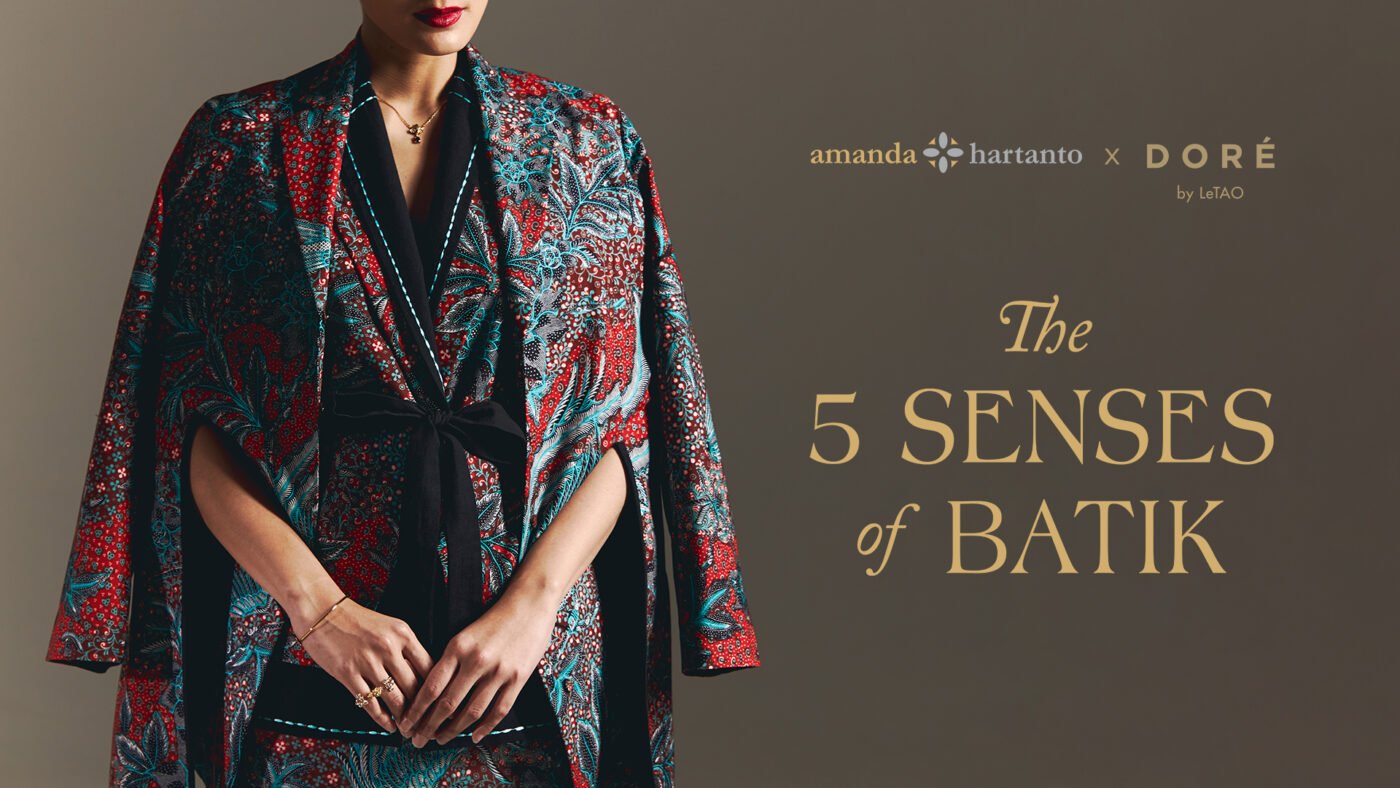Information, Inspiration
The Distinct Meaning Behind Every Region’s Batik
Batik, a treasured heritage of Indonesia, has spread to all cities. With its diverse colors and intricate patterns, each region imbues Batik with distinct characteristics and meanings. Today, we are taking you to discover the meaning behind Batik colors and patterns in three prominent Batik-producing regions: Solo, Cirebon, and Pekalongan.
- Solo
The development of Batik in Solo dates back to the signing of the Giyanti Agreement in 1755. Solo Batik is characterized by its darker hues, frequently featuring shades like brown and black that represent humility and simplicity. Another way to distinguish Solo Batik is through the motifs, which commonly showcase small geometric motifs. - Cirebon
Cirebon has established itself as the leading Batik producer in West Java. The Megamendung Batik motif, which symbolizes rain clouds, is the city’s iconic design, representing fertility and hope for life. Unlike Solo Batik, Cirebon’s Batik features vibrant red, green, and blue colors. Notable Batik motifs from Cirebon include Megamendung, Singa Barong, and Patran Keris. - Pekalongan
Batik motifs from Pekalongan are primarily inspired by nature, particularly flora and fauna. For example, Amanda Hartanto Batik’s new collection for Hari Batik Nasional showcases a blend of floral and leaf motifs, which appear in this collection, as well as several of their signature embroideries. Additionally, they feature a Hong Bird motif that symbolizes the high virtue and grace of its wearers
We hope you’re discovering fresh insights and knowledge about Batik motifs from various regions in Indonesia! Through a proud collaboration with Amanda Hartanto Batik, DORÉ by LeTAO invites you to savor Batik most delicately with our Batik cake collection, Sriwedari and Prameswari. Pre-order them today!

